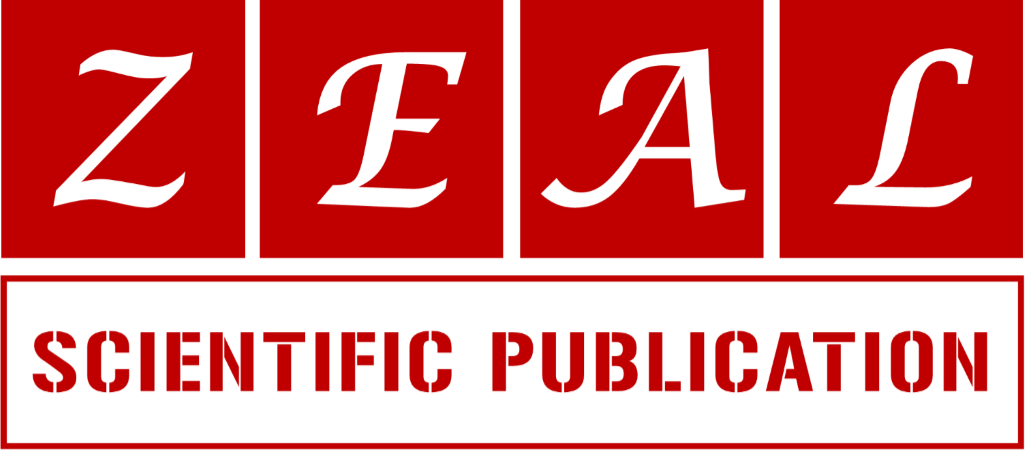Ameliorative potential of Astaxanthin on glyphosate-induced neurocognitive functional changes in adult zebrafish via acid phosphatase and annexin A2 dysfunction
1 Department of Pharmaceutical Chemistry, Faculty of Pharmacy, AIMST University, 08100- Bedong, Kedah D.A., Malaysia.
2 Department of Basic Health Sciences, Faculty of Pharmacy, AIMST University, 08100-Bedong, Kedah D.A., Malaysia.
3 Department of Pharmacology, Faculty of Pharmacy, AIMST University, 08100-Bedong, Kedah D.A., Malaysia.
Research Article
World Journal of Biological and Pharmaceutical Research, 2024, 06(01), 008–019.
Article DOI: 10.53346/wjbpr.2024.6.1.0072
Publication history:
Received on 05 November 2023; revised on 31 December 2023; accepted on 03 January 2024
Abstract:
Glyphosate (GYP) is a phosphonate type of herbicide and potentially causes neurodegenerations. Astaxanthin (AST) is a red pigment and it is a group of carotenoids. It possesses the potential antioxidants and neuroprotective actions. However, the ameliorative role of AST in GYP- induced neurocognitive dysfunction has not been studied yet. Hence, the present study is designed to investigate the ameliorative potential of AST in GYP-induced cognitive dysfunction via regulations of acid phosphatase (AP) and annexin A2 (AXA2) actions in the zebrafish model. The cognitive dysfunction was induced by exposure to GYP (0.5 mg/L for 30 minutes/day) for 14 consecutive days. The AST (50, 75, and 100 mg/L for 30 minutes/day) and reference drug i.e., donepezil (DP; 1 µg/mL for 30 minutes/day) were exposed for 14 consecutive days before GYP exposure. On the 14th day, cognitive changes i.e., three horizontal compartment test,optokinetic motor response (OMR), startle response (SR), and T-maze tests were assessed. The changes of biomarkers i.e., acetylcholinesterase (AChE) activity, thiobarbituric acid reactive substances (TBARS), reduced glutathione (GSH), AP, and AXA2 levels were estimated in brain tissue. The administration of AST ameliorates the GYP-induced neurocognitive dysfunctions via the antioxidant, regulation of AP and AXA2 actions. Hence, it can be used for neurocognitive disorders against the phosphonate type of herbicide (GYP) toxicity.
Keywords:
Acetylcholinesterase; Lipid peroxidation; Optokinetic response; Reduced glutathione; Startle response test; Three horizontal compartment test; T-maze test
Full text article in PDF:
Copyright information:
Copyright © 2024 Author(s) retain the copyright of this article. This article is published under the terms of the Creative Commons Attribution Liscense 4.0
